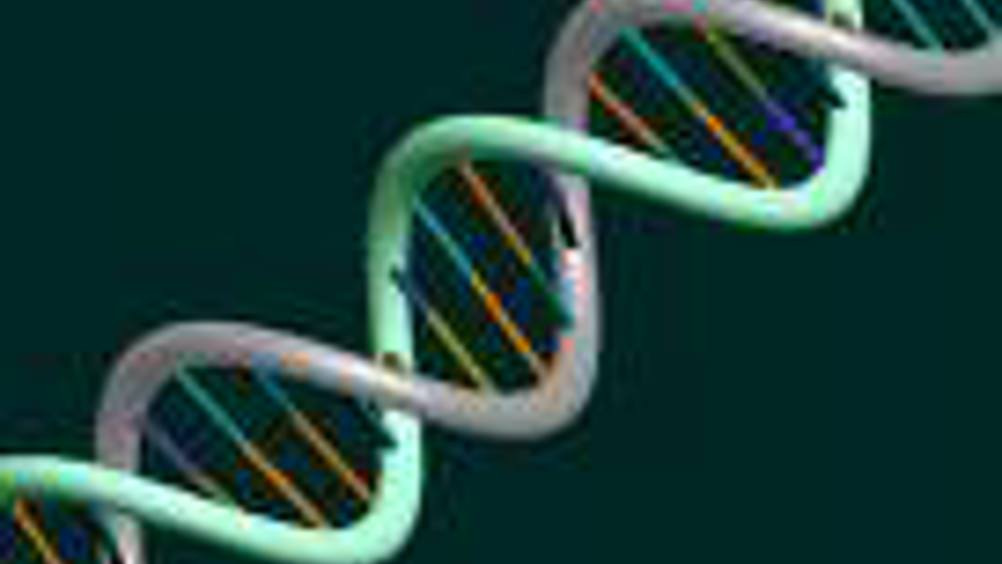Smart analysis

Researchers working on the EU-funded SMART-BIOMEMS project are developing a system that could enable DNA analysis to be carried out on a single, portable device.
The project is creating a new microsystem – a lab on a microfluidic chip – that can be used in a diagnostic device to automatically analyse DNA samples with high accuracy.
Current technology limits DNA analysis to large, expensive equipment with a high potential for human error due to the different steps involved. Researchers hope that the microanalysis system will improve efficiency as well as the detection and treatment rate.
Project coordinator Gianluca Vezzani said: ‘What we are developing here is a comparatively inexpensive, easy-to-use and portable point-of-care system that will have very real clinical benefits.
‘As there are biochemical reactions occurring on the device, it has to be set up with specific reagents and biological protocols appropriate to the task at hand, and we chose cancer for the initial testing because it is such an important field.’
Register now to continue reading
Thanks for visiting The Engineer. You’ve now reached your monthly limit of news stories. Register for free to unlock unlimited access to all of our news coverage, as well as premium content including opinion, in-depth features and special reports.
Benefits of registering
-
In-depth insights and coverage of key emerging trends
-
Unrestricted access to special reports throughout the year
-
Daily technology news delivered straight to your inbox










National Gas receives funding to develop Gravitricity underground hydrogen storage system
One single rock salt mine - Winsford - has 23 <i>MILLION </i>cubic metres of void and even allowing for 10% of that void set aside for hazardous waste...